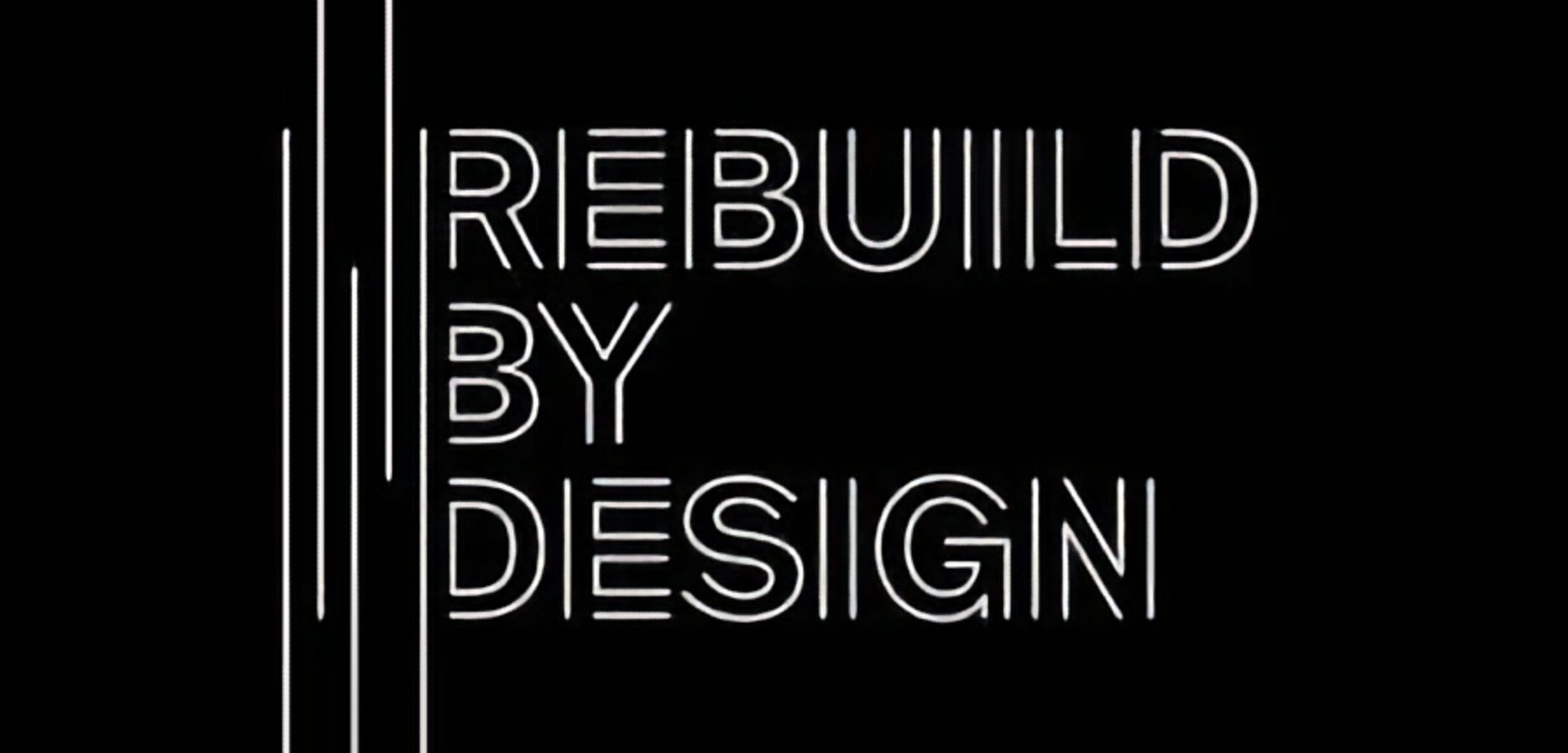by Basil Seggos
Buffalo News: In his State of the State address, Gov. Andrew M. Cuomo proposed the first environmental bond act in New York since 1996, and the timing couldn’t be more critical.
It’s an aggressive, proactive solution to navigating New York’s new normal – one that’s delivered five “100-year storms” over the last decade and devastating lake shore flooding as Lake Ontario crested to new high water records. Shrugging off Mother Nature’s obvious warning signs invites an acceleration toward catastrophe.
If passed by the Legislature and then approved by voters, Cuomo’s $3 billion Restore Mother Nature Bond Act will reduce flood risk, improve water quality, reconnect creeks and streams, restore habitats and protect wetlands and forests across Western New York.
The last decade brought a first round of successes in environmental restoration for the region. A century’s worth of industrial toxins were scrubbed from the Buffalo River. Fish and turtles came back to cleaner water. So did people – in boats and kayaks. Plus, bald eagles and osprey soar over newly established habitat in the Niagara River. Ancient lake sturgeon spawn in Buffalo Harbor.
The last 10 years have also provided ominous warnings in the form of more severe storms, historic flooding, and extreme drought – all exacerbated by climate change.
The governor’s Restore Mother Nature Environmental Bond Act positions New York State as an example for what states can and should do to protect communities from climate change by using nature-based solutions to restore habitat for fish and wildlife.
What would further progress look like? Restore Mother Nature will take the region’s environmental restoration efforts to the next level while involving New York communities in the process, using knowledge gleaned from previous successful planning models.
Local elected officials, environmental groups and other stakeholders, in conjunction with DEC and the Department of State, would perform an assessment of each region’s environmental vulnerabilities and propose solutions to address those threats. The best proposals would be awarded funding from the Bond Act.
In Western New York, this could be a naturalized shoreline habitat along the Niagara River, cleaning up contamination in Scajaquada Creek and creating a cove for community access, or using wetlands to prevent harmful bacteria from reaching Lake Erie to allow for more swimmable summer days at Woodlawn Beach. Read more>>

